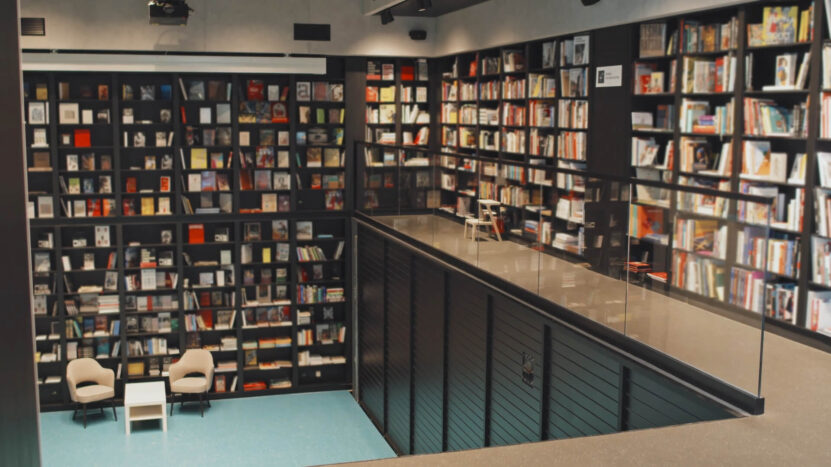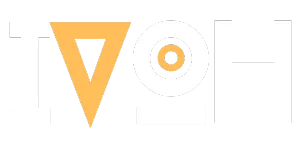Libraries offer fertile fields to sow awareness far and wide. Their reach outstrips museums or stadiums filled with cheering tides.
Gaining shelf space demands understanding well this audience too. Discerning what they seek and how you can add value true.
Consider how your work enriches lives of those who read within these walls. Craft your pitch with insight into their patrons and calls.
How to Prepare Your Book for Library Acquisition

Essential Identifiers and Registrations
- ISBN: An International Standard Book Number (ISBN) is crucial for any book’s distribution and sales tracking. It uniquely identifies the book and links it to the publisher, thereby facilitating easier management of its sales in various markets.
- LCCN: In the United States, a Library of Congress Control Number (LCCN) is essential for making your book available in libraries. This identifier helps streamline the administrative process of entering new books into the library’s national database.
- CIP or PCIP Data: Cataloging in Publication (CIP) or Publisher’s Cataloging in Publication (PCIP) data blocks help librarians understand what the book is about and where it fits into their collection. This preliminary bibliographic record can be crucial for libraries when they integrate the book into their existing catalog. It also assists in the faster processing of new arrivals and easier retrieval by patrons.
These identifiers not only simplify the cataloging process but also affirm that a book adheres to standard publishing criteria.
Physical and Digital Book Qualities
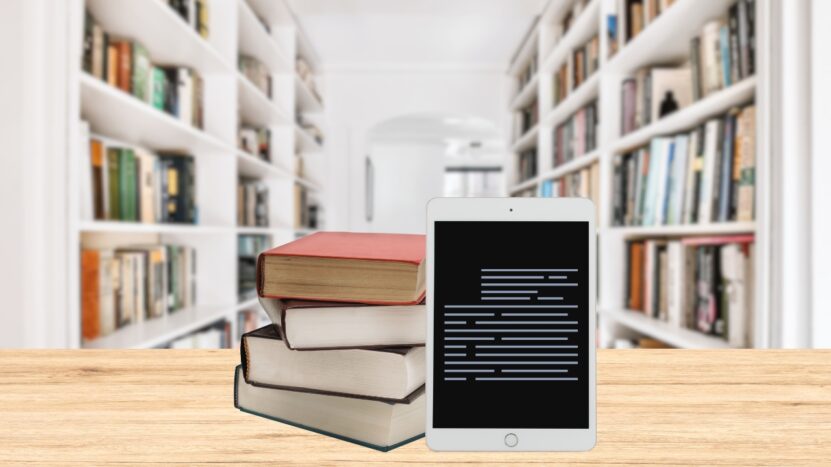
Durability
For a book to share its message widely, its vessel must hold strong against all it may withstand. Bindings built to last, letters clearly stamped, preserving the gems within as hands page through fast.
Replacements require expenses that library funds could serve patrons diverse. So craft with care, consider needs of those who’ll hold the tome, ensuring access remains for minds it may illume.
When deciding which formats to publish, whether eBooks or print, considering the durability of the physical book becomes crucial for long-term availability.
Availability on Digital Platforms
For ebooks and audiobooks, being accessible on popular library platforms like OverDrive is crucial. Many libraries are expanding their digital collections, and being present on these platforms can significantly increase a book’s usage and visibility.
Securing Reviews from Credible Sources
Positive evaluations from respected literary critics or professional review sources significantly influence a librarian’s decision to acquire a book. These endorsements validate the book’s quality and its potential appeal to readers.
Having reputable sources vouch for a book can also bolster its standing in the literary community, making it a more attractive choice for libraries.
How to Engage with Libraries
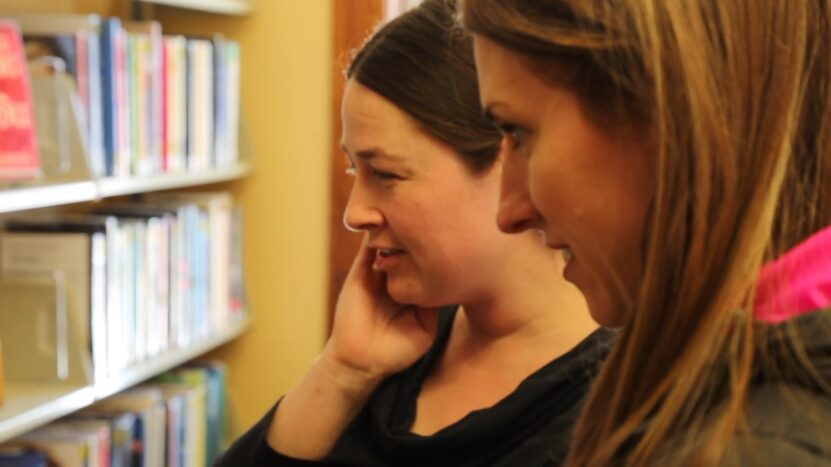
Collaborate with Libraries
Authors might consider proposing events at local libraries or creating content for their websites. This not only aids in promoting the book but also builds a relationship with the library.
By fostering direct engagement with the library community, authors can better understand their audience and tailor their presentations to meet specific local interests.
Offer Direct Purchases
While librarians often prefer purchasing through wholesalers for ease, offering the option to buy directly can appeal to some, especially if financial incentives or discounts are provided. Direct sales might include signed copies or special editions, which can be enticing for library special collections or promotional events.
Librarian Preferences

Librarians generally favor dealing with wholesalers due to the streamlined purchasing and processing benefits. However, understanding their preferences can lead to more targeted approaches that align with library policies and budget constraints.
Being flexible and responsive to feedback from librarians about selection criteria and collection needs can further enhance an author’s chances of success.
What’s the Reality of Library Acquisition?
Despite meeting all the suggested criteria, the reality is that librarians operate within constrained budgets and face tough choices about which books to add to their collections.
This means that even well-prepared books may not make the cut due to factors beyond an author’s control, such as current budget limitations or a surplus of similar material in the collection.
How to Increase Your Chances
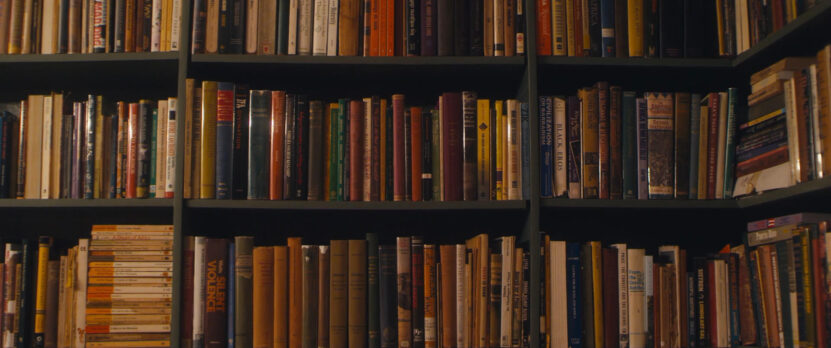
Persistence and flexibility are key. Authors should continuously seek feedback from library staff and adapt their strategies accordingly. Engaging actively with the library community through readings, book signings, and other events can maintain visibility and relevance.
Staying informed about trends in library acquisitions and emerging topics of interest can also guide authors in tailoring their submissions to meet evolving library needs.
The Bottom Line
Making sure your book checks all the right boxes, connecting with library communities, and fitting into the librarians’ way of choosing books, can boost your chances of seeing your book on their shelves.
While there’s no guaranteed success in this effort, putting in the work can really pay off by expanding your audience and advancing your writing career.
I’m Anastasia, and I’ve just wrapped up my postgraduate studies in literature. I absolutely love writing books. It’s my way of weaving new worlds and breathing life into the characters that keep me up at night. Literature isn’t just a field of study for me; it’s a canvas where I paint with words. Through my writing, I hope to connect with others who share my love for storytelling and to contribute something meaningful to the literary world.
Related Posts:
- A Step-By-Step Guide to Writing Your First Novel -…
- 7 Best Ways to Find the Right Editor for Your Book -…
- 13 Strategies to Promote Your Book on Social Media
- Write a Book Description That Retains Your Readers
- How to Create a Marketing Plan for Your First Book
- How to Self-Publish a Book - Insider Tips for…

